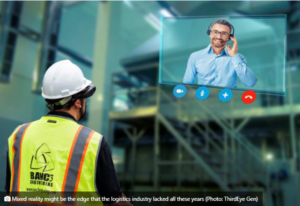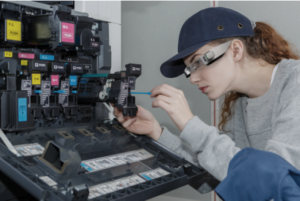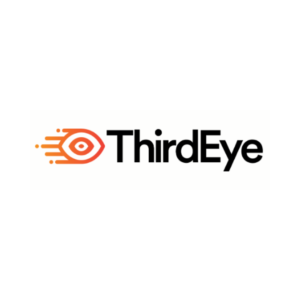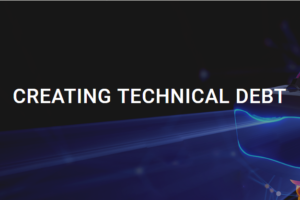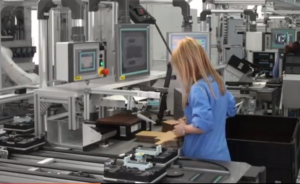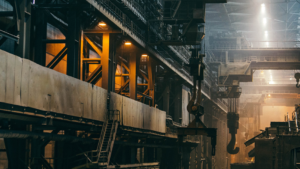The Power of AR for Information Delivery
In truth, technicians should be embracing the rise of augmented reality maintenance and repair with open arms. The very concept sounds like a field technician’s dream: Going on-site and having instant access to technical documents, manuals, and online resources all delivered through a simple, visual interface.
The days of digging through dozens of files on your phone, or bringing heavy technical materials to the site are gone. Modern field service relies on quick information delivery; it relies on technicians knowing what they need to do and how they need to do it—all without needing to make multiple trips from the work site.
This used to be a tall order, but today, modern AR software makes it easy. With the right AR platform and content strategy behind you, service providers can build out their capabilities in some interesting new ways:
Access stored technical documents, manuals, and online resources
Integrate overlays to provide visual support, including high-resolution images, charts, or illustrations
Use smart recognition to identify potential problems or out-of-place elements at a glance, speeding up problem resolution
These features build out a technician’s capabilities and help them problem-solve field issues faster and with less effort.
Simply Maintenance and Repair
Naturally, technicians can use enterprise augmented reality to enhance their service workflows and find solutions more easily than ever before.
Scheduled Maintenance
In terms of AR maintenance, these tools provide valuable consistency for a technician’s assessment. Where typical performance checks used to require significant time spent manually assessing each component, service maintenance augmented reality overlays let technicians identify problems at a glance. They can pull up comparison photos of a perfectly-functioning system and compare them to the client’s machinery, or assess checklists of common problems that tend to pop up during scheduled audits.
Best of all, all of this is done entirely on the technician’s device. The entire maintenance auditing cycle can be incorporated into the AR technology to streamline as many functions as possible. From an efficiency standpoint, technicians couldn’t ask for anything more from an augmented reality machine maintenance solution.
Repairs and Troubleshooting
These benefits also apply to the repair process, from initial diagnosis to resolution. In a perfect world, technicians would be able to diagnose issues correctly every time on the first go. But as we all know, our world isn’t perfect, and misdiagnosing of problems is all too common.
This type of error presents compounding problems over time, particularly when technicians start traveling to and from the work site. Every minute spent in transit is a minute that could be spent on a solution—so why not eliminate the need for transit altogether?
This is where AR comes into play. Even if technicians realize that they need information from HQ, they won’t have to go anywhere to find it. All relevant repair data is available through the AR platform. (This depends, of course, on how well your AR content library is built out!) In turn, this insight helps them understand the issues faster, decreasing error rates, eliminating downtime, and cutting operational costs as much as possible.
Streamline Service Delivery and Maintenance
The applications of AR for field service technicians are just getting started. As time goes on, we expect to see these use cases build out further to incorporate even more accessibility, including entirely virtual consultations delivered via app, and even self-service options that let clients troubleshoot on their own.
But regardless of how it’s used, it’s clear that AR-enabled field service expands a provider’s capabilities beyond what most companies currently provide. And from a competitive standpoint, this can translate to big boosts in overall efficiency, profitability, and customer satisfaction.
Read Fieldbit’s member profile here.

